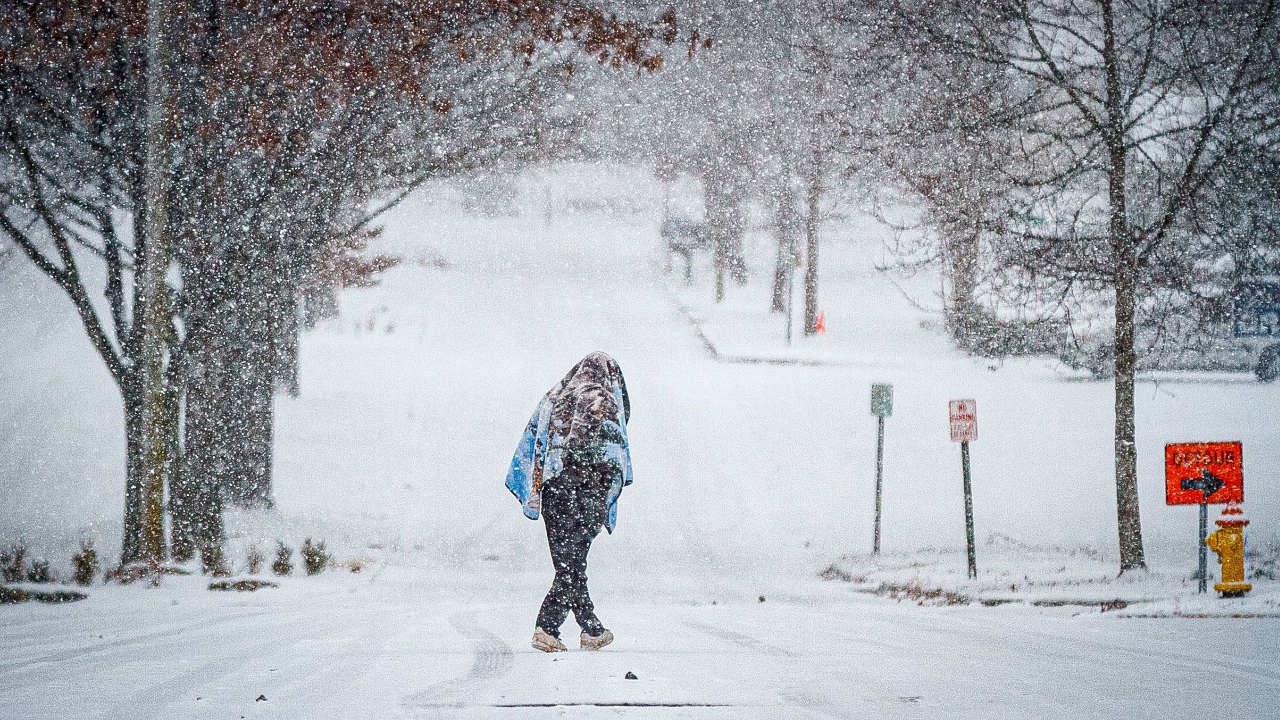
Indiana’s first hard freeze of the fall arrived on Friday, Oct. 24, 2025 – about 12 days earlier than the historical mean first freeze (typically around Nov. 5). The NWS issued Freeze Warnings for dozens of counties (2–9 a.m. Oct. 25), forecasting lows into the upper 20s°F in many communities.
This sudden chill abruptly ends the growing season statewide.
Polar Vortex Shift Drives Arctic Chill
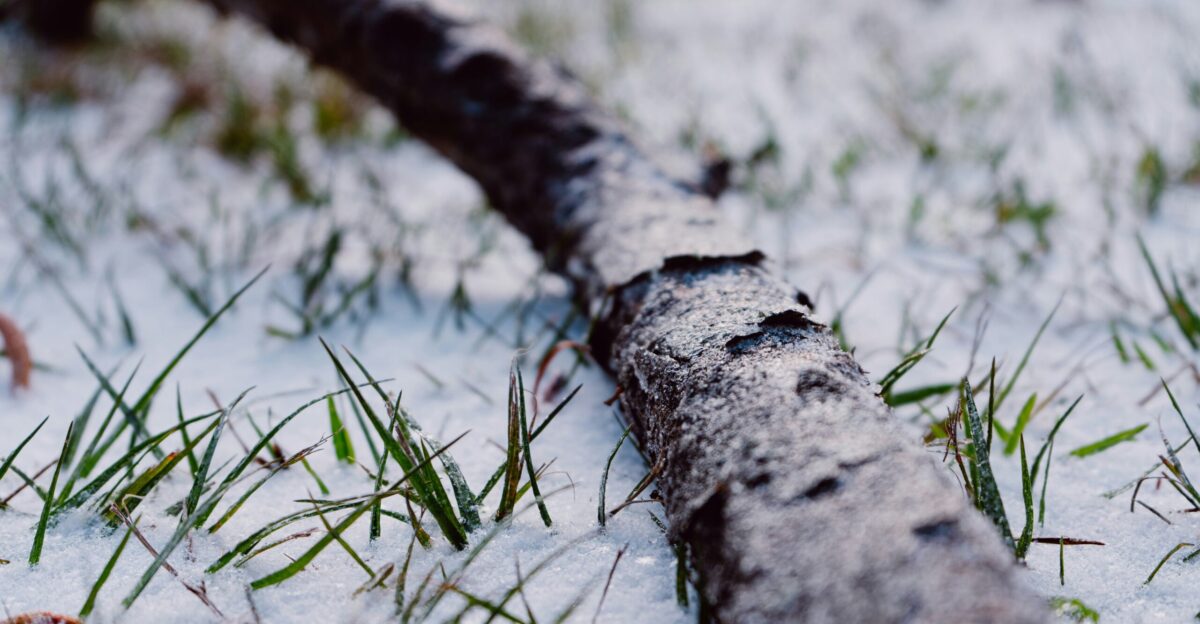
Meteorologists point to an early polar vortex disruption as the trigger. Atmospheric data show stratospheric winds in October “running well below normal”, echoing patterns from 1981–82 that allowed Arctic air to surge south.
Traders reacted: Natural gas futures for November jumped to about $3.45/MMBtu by Oct. 22, reflecting a sharp rise in projected winter heating demand.
Gardeners Rush to Cover Plants (and Pipes)

With the cold imminent, residents scramble to save gardens and plumbing. The NWS warned that “frost and freeze conditions could kill crops, other sensitive vegetation, and possibly damage unprotected outdoor plumbing”. Tender veggies like cucumbers, tomatoes, peppers, and squash (all frost-sensitive) will be lost unless covered, and even hardy roots (beets, carrots, etc.) risk freeze injury.
Homeowners also face pipe risks: a tiny ⅛-inch crack in a frozen pipe can spill about 250 gallons/day, underscoring the costly damage a short freeze can inflict.
Hardware Stores See Frenzied Demand

Frost blankets, foam pipe insulation, and faucet covers are flying off shelves as freeze warnings spread. Local garden centers report running out of protective covers and heating tape. The NWS Indianapolis urged action in a social post: “Now is the time to take precautions to protect yourself, pets, plants, and your pipes!”.
Homeowners are paying $20–$100 for insulation kits that could save thousands in repairs.
Frost-Protection Industry Mobilizes
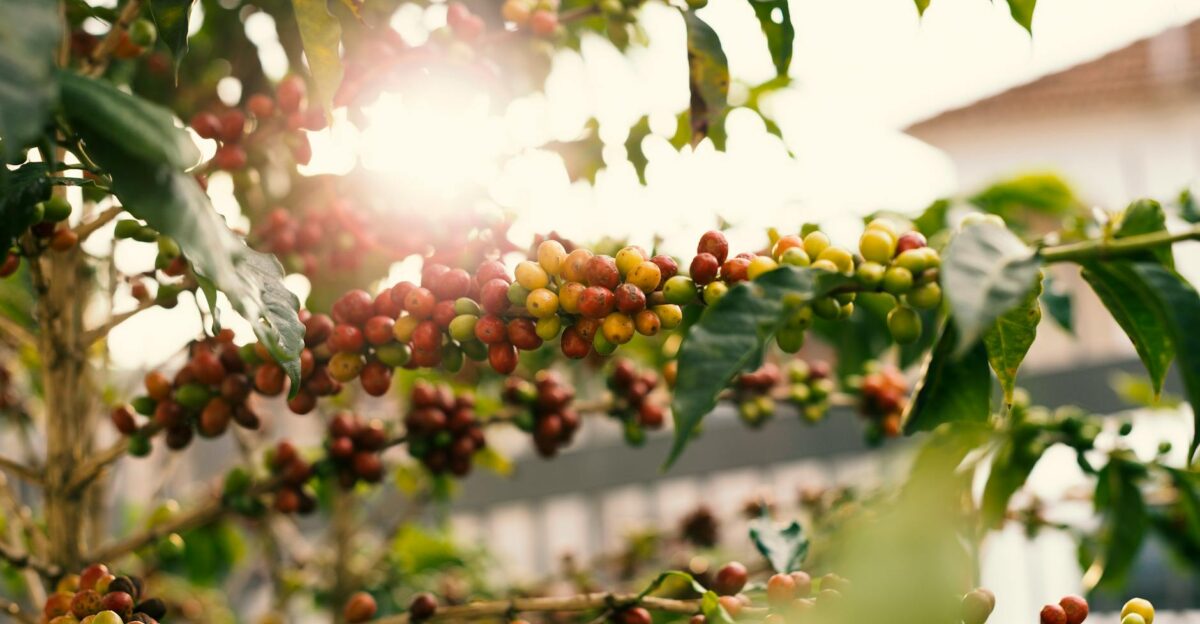
Growers nationwide are rushing to frost-protect their orchards and berries. Suppliers of wind machines, orchard heaters, and irrigation systems report surging orders. Light-weight frost blankets and row covers (around $50–$200 per acre) are selling out as growers try to shield sensitive specialty crops.
These investments pay off: specialized frost-fans (costing ~$8,000–$15,000) protect 8-10 acres and can slash freeze damage by roughly 60–80%.
Grain and Soy Beans Largely Spared
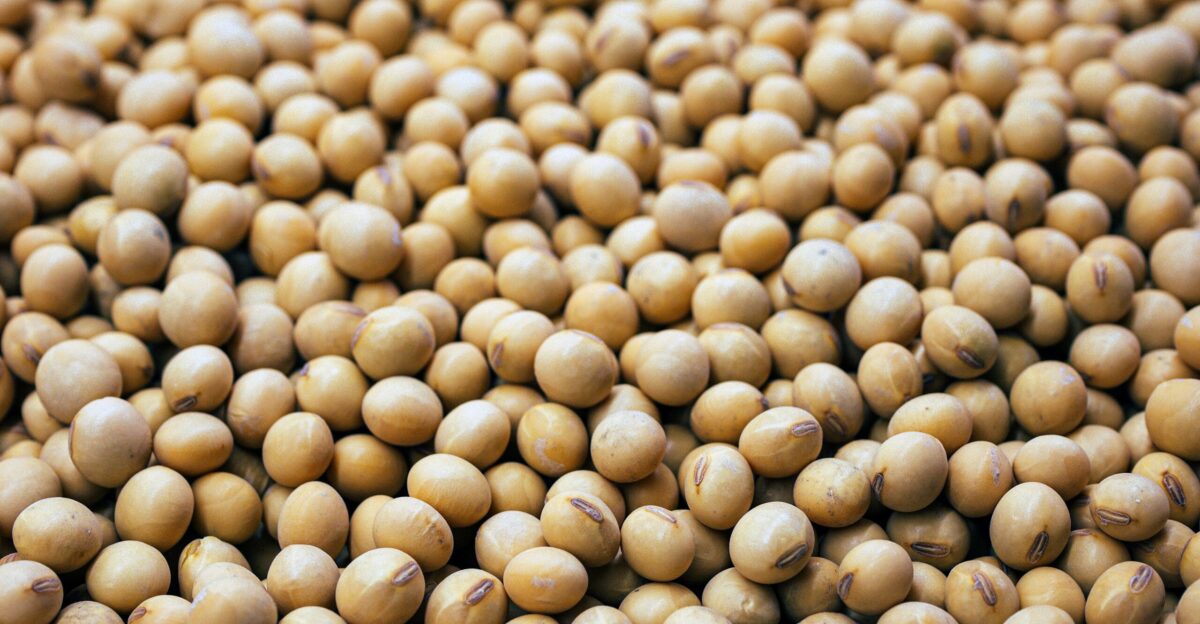
Indiana’s commodity crops mostly escaped unscathed. About 75% of the corn and soy harvest was already done, and spring-planted corn was mature. AgriGold agronomist Steven Heightchew notes that a late-October freeze at the quarter-milk stage typically trims yields only 1–6%, not catastrophic.
USDA forecasts show record corn (205 bu/acre) and soybean (61 bu/acre) yields for 2025.
Farmers Report Better-Than-Expected Harvests
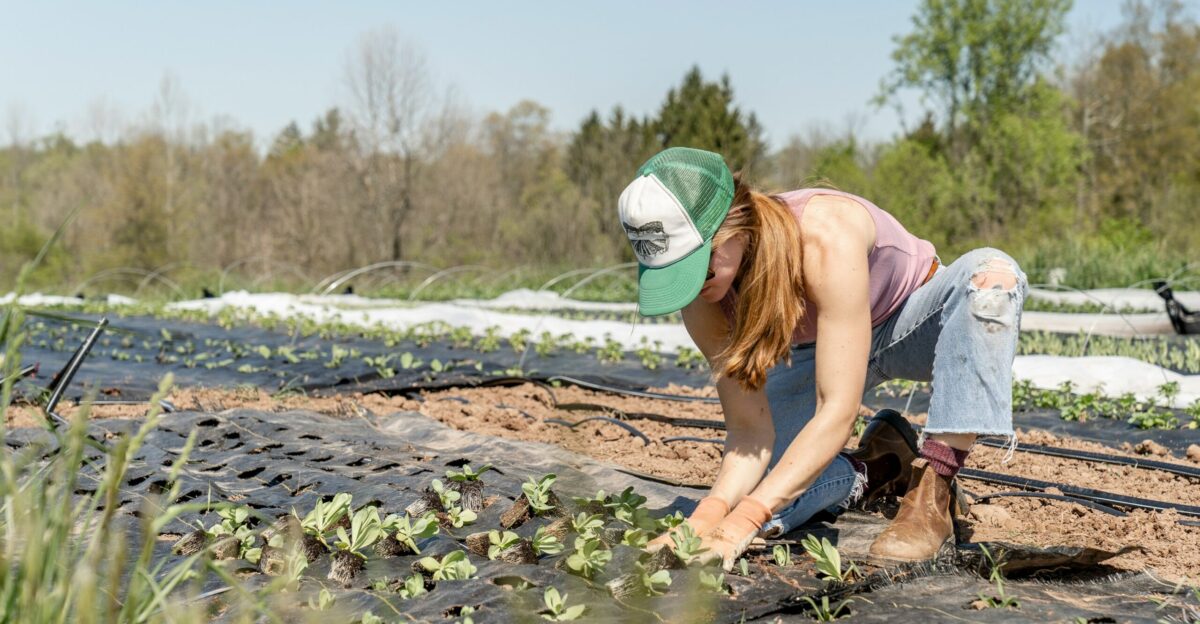
Despite drought concerns, many farmers are upbeat. “Yields overall have been good,” says Dubois Co. grower J.R. Roesner, noting even late-season beans came in “surprisingly better than expected”. LaPorte Co. farmer Denise Scarborough adds Indiana soy has performed “a little bit better than anticipated, given how dry we were this growing season”.
Montgomery Co.’s Ryan Rippy likewise had rain delays but saw the rains and cooler air as a welcome rest during harvest.
Agencies and Universities Issue Warnings and Advice

Federal and state agencies coordinated the response. NWS Indy’s Freeze Warning (FZ.W.0004) covered over 40 counties from Marion to Bartholomew. Purdue and extension teams sent out action plans: for example, applying fall nitrogen early and delaying any spring fertilizer, using high-tunnel covers for veggies, and draining outdoor irrigation.
Indiana’s farm sector is huge – roughly $31 billion (11th-largest U.S.) – so timely alerts and guidance aim to forestall large losses.
Heating Bills to Climb as Cold Arrives

Hoosier households will feel the chill in their wallets. NIPSCO warns its typical customer (625 therms/year) will pay about $665 for the Nov–Mar 2025–26 heating season, roughly $90 (16%) more than last year.
This follows the recent run-up in gas prices to around $3.45/MMBtu. With Indiana homes mainly on natural gas (nearly 59% use gas for heat), industry forecasts call for higher winter bills.
Energy Use Spikes Early

As thermometers drop, Hoosiers have kicked on heating sooner than usual. AES Indiana reminds customers that “Heating and cooling account for over half your home’s energy usage”, so even steady thermostats mean surging consumption on cold days.
Energy experts advise homeowners to set thermostats no lower than ~55–60°F when away (to prevent pipe freeze) and to open cabinet doors under sinks to warm plumbing.
Warmer Falls, Yet Extremes Linger
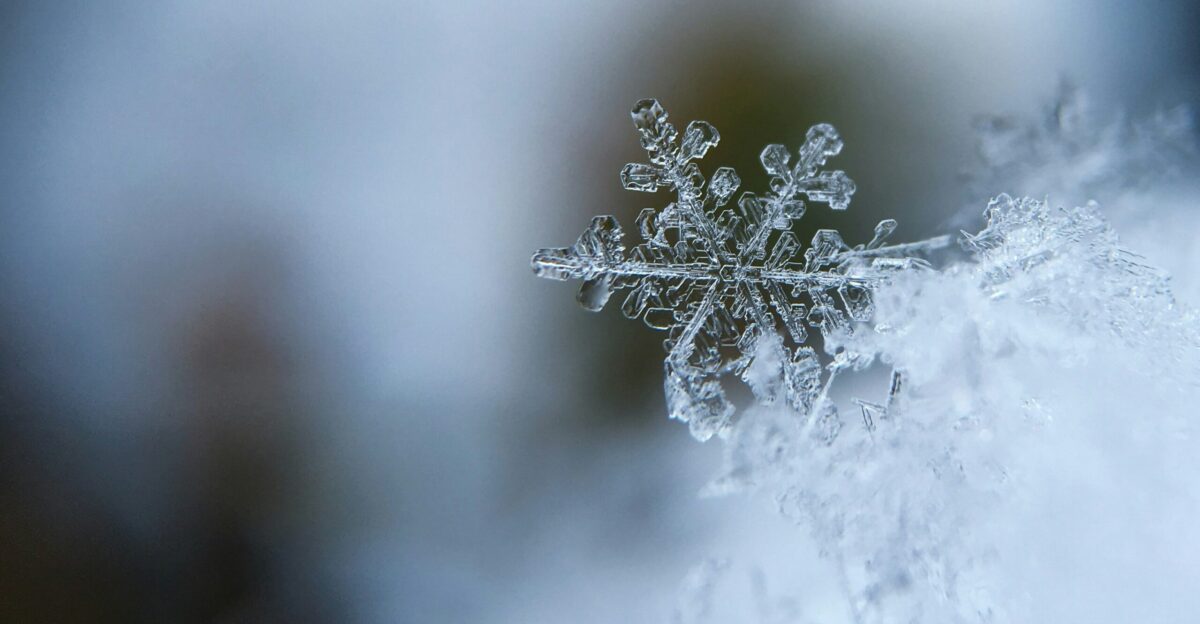
Paradoxically, long-term data show Indiana’s first freeze has trended later. Climate Central finds the first fall freeze now arrives ~12 days later on average in 88% of U.S. cities compared to 1970, since autumns have warmed by a few degrees. But warming doesn’t mean no cold snaps – in fact, Arctic warming can weaken the jet stream and unleash blasts of polar air.
As researcher Jin-Ho Yoon puts it, “winters will get warmer… although cold snaps… may have more severe consequences when they do happen”.
Farmers Embrace Climate-Smart Adaptations
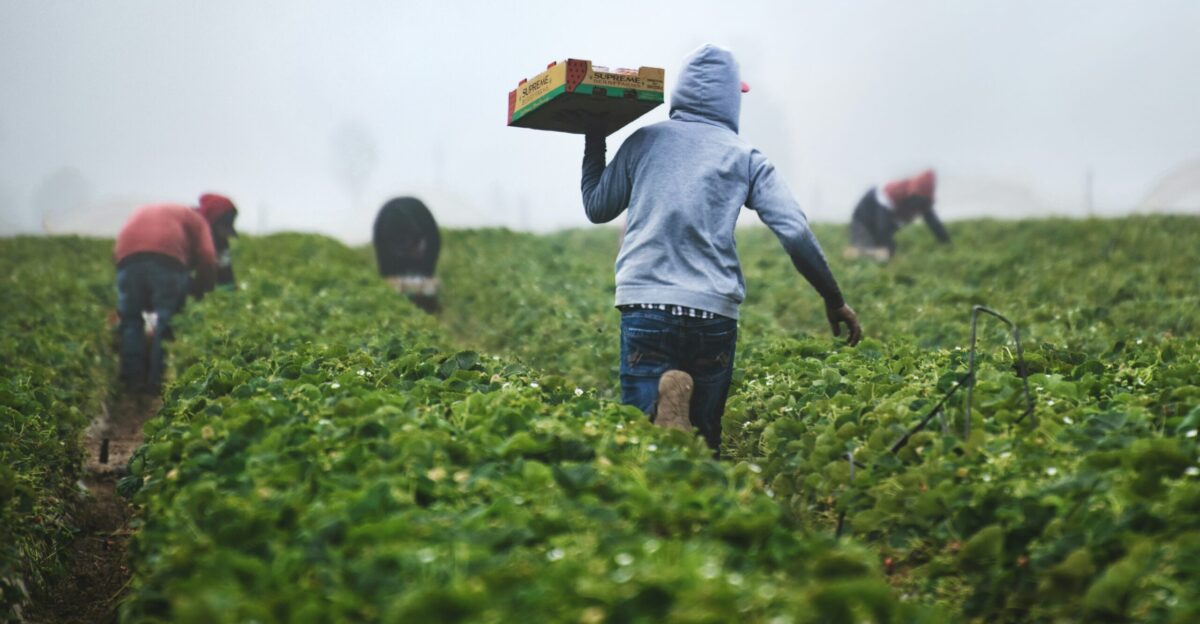
Agricultural leaders say they see the freeze as part of a new norm. In a 2024 report, Indiana farmers wrote that “the climate is changing, and the resulting conditions are a threat multiplier for Indiana agriculture”.
To cope, growers are shifting planting dates, selecting frost-tolerant or faster-maturing crop varieties, using high tunnels and supplemental irrigation, and improving soil health.
Winners and Losers Emerge

The cold snap is already reshuffling who benefits and who suffers. Winners include plumbing and restoration companies (rushed with emergency calls), heating fuel suppliers, and makers of frost-protection gear. Farm real estate has held strong: 2025 farmland values hit records (Purdue reports $14,826/acre for top-quality cropland, up 3%), as investors favor resilient ag assets.
By contrast, late-harvest vegetable and ornamental growers may see total losses of unpicked crops and unsold plants.
Market Ripples and Quick Safety Tips
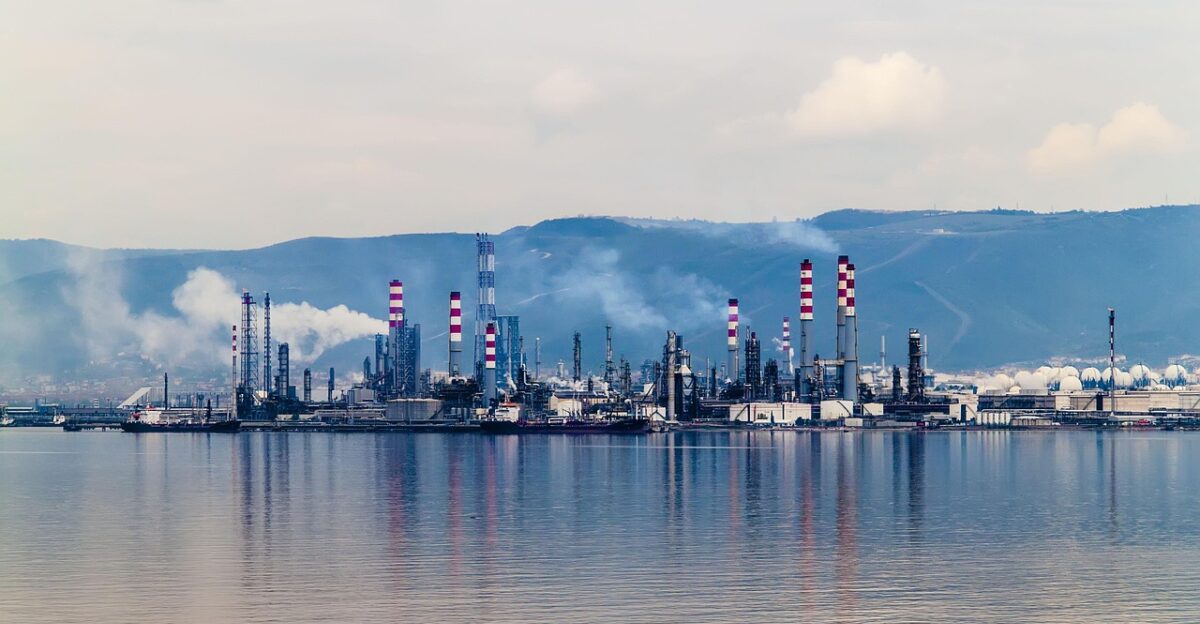
Natural gas markets are already pricing in the freeze. The NYMEX November 2025 gas contract settled near $3.45/MMBtu, and futures for the coming year averaged ~$3.90, reflecting traders’ expectation of tighter supply. Analysts foresee heating demand spiking ~9% week-over-week in the Midwest due to the cold.
Residents should heed simple precautions: insulate any exposed pipes immediately (foam sleeves cost ~$20), let a faucet drip overnight, and drain outdoor taps before freezing. Cover or bring in vulnerable plants.
Early Freeze Foreshadows Volatile Winter
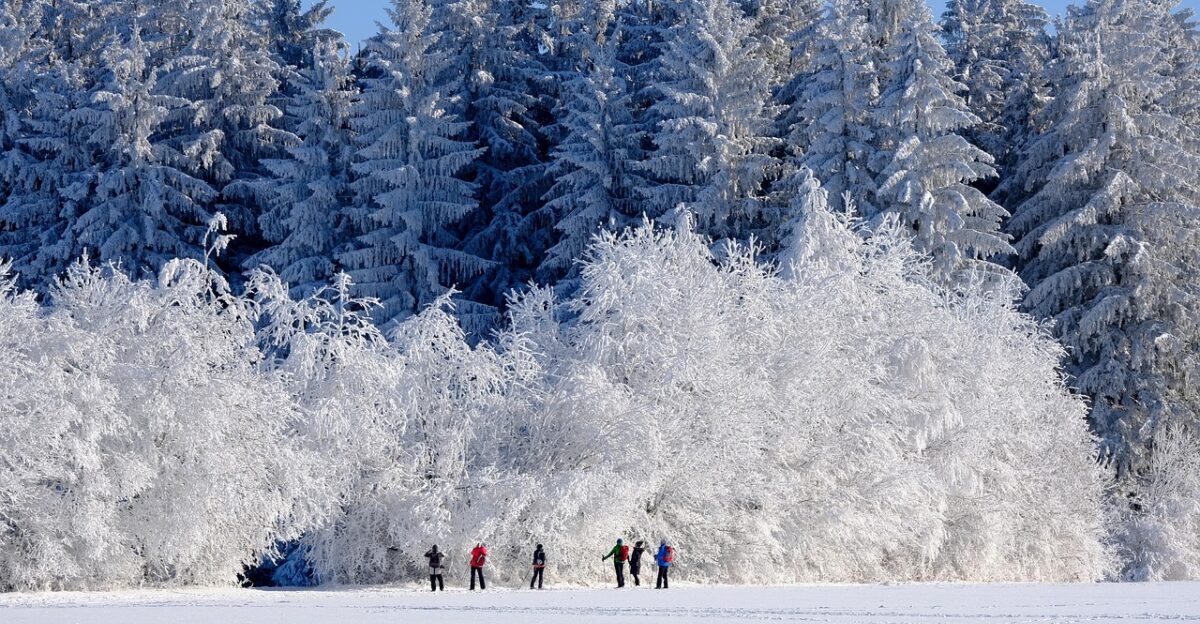
Indiana’s Oct. 24 freeze may prove a warning shot. Forecasters at AccuWeather caution that late January has “the highest potential for the polar vortex to shift south, unleashing some of the coldest air of the season”. In other words, this could be the start of a very stormy winter across the Midwest and beyond.
The growing season’s sudden end highlights that longer warm stretches will increasingly give way to abrupt cold blasts.
Road Crews and Cities Prepare for Snow
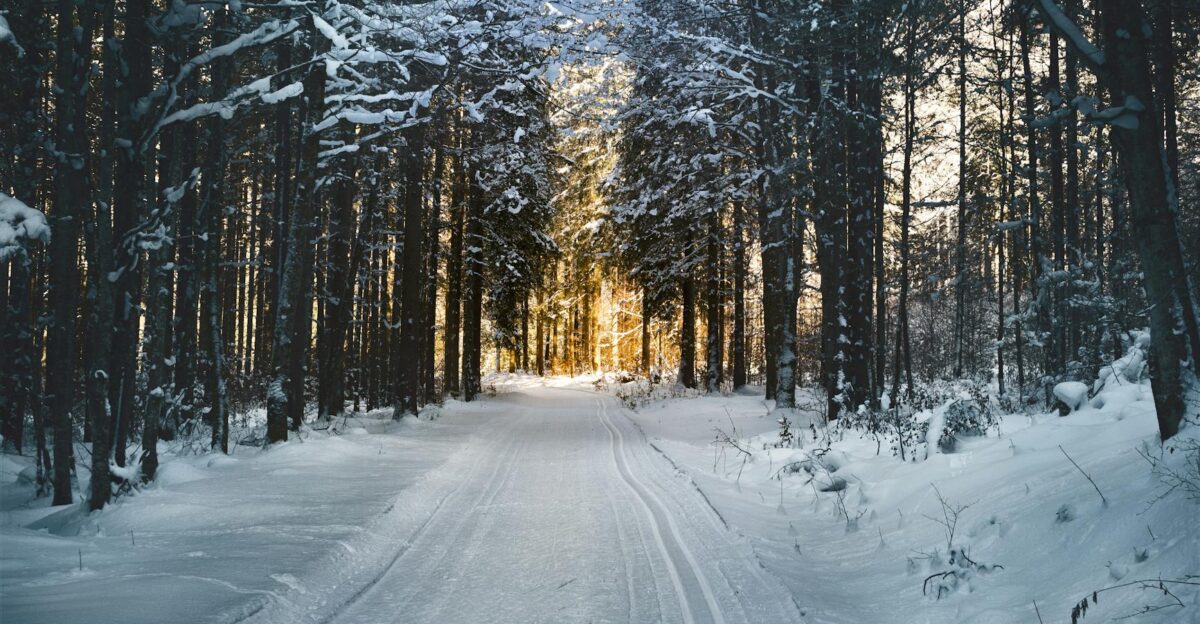
Local governments leapt into action. Indianapolis officials stocked seven salt barns with 18,000 tons of road salt in anticipation of winter. “It’s never too early to plan,” Mayor Hogsett noted at a press briefing. Crews have been filling potholes preemptively, knowing that this early freeze–thaw cycle will magnify road damage.
State highways and interstates are being pre-treated overnight along snow routes, aiming to keep traffic moving on the coldest mornings.
Freeze Warnings Span 10 States
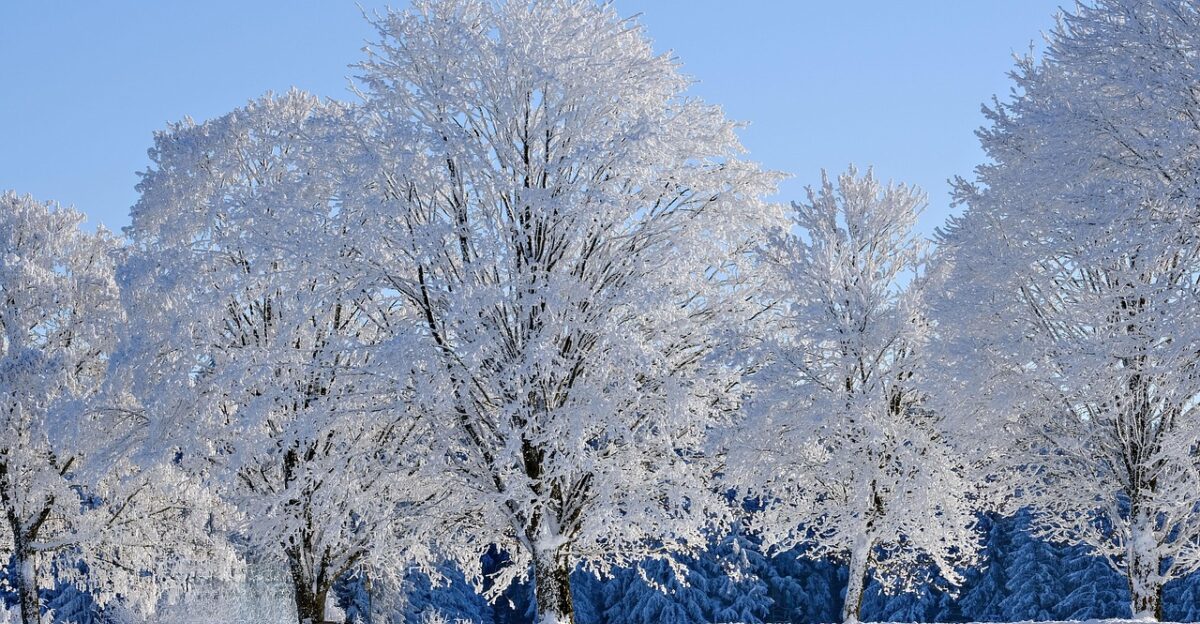
This cold outbreak wasn’t just an Indiana story. As of Oct. 23, NWS offices in 10 states – from Minnesota and Wisconsin down through Ohio, Kentucky, and North Carolina – had issued freeze warnings.
The nation’s midsection saw temperatures plunge into the 20s. Forecasters stressed that “frost and hard freezes mark the end of the growing season” across the Midwest.
Federal Aid and Insurance Kick In

As losses mount, federal programs stand ready to help. USDA disaster-relief rules explicitly list “Freeze (including a polar vortex)” as an eligible event. Farmers with federal crop insurance should report damage immediately, and those ineligible for insurance may tap the Noninsured Crop Disaster Assistance Program.
Specialty crop growers can seek cost-share aid (Tree Assistance, Emergency Relief, etc.) to replace lost fruit trees or vines.
Climate Debate Meets Reality
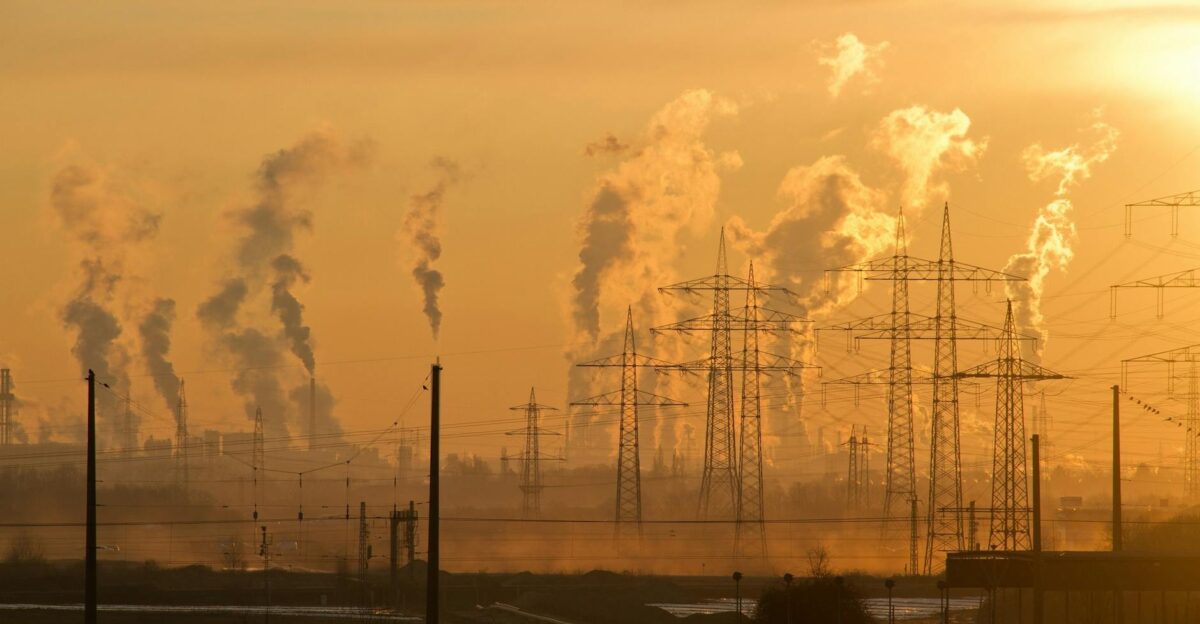
Indiana’s politics have seen controversy over climate action – the state even shelved its own greenhouse gas reduction plan this year. But as one advocate warned, that policy vacuum “doesn’t change…extreme weather”. In other words, weather extremes arrive regardless of politics.
The hard freeze is a case in point: it happened not because of local policies, but because climate variability is rising. Many Hoosiers now argue that resilience must come from the ground up.
Preparing for the Next Cold Snap

Indiana may be thawing out now, but the consequences of Oct. 24 will linger. This episode exposed vulnerabilities in agriculture, energy, infrastructure, and policy. The hope is that it won’t be forgotten. Farmers will winterize equipment and revise plans, utilities will brace for higher demand, and homeowners (let’s hope) will wrap pipes and insulate attics.
Experts say preparation—not prediction—is key. If this freeze taught anything, it’s that Hoosiers must stay one step ahead: winterize homes, protect crops, and invest in long-term resilience now, so that the next ripple won’t catch us off guard.